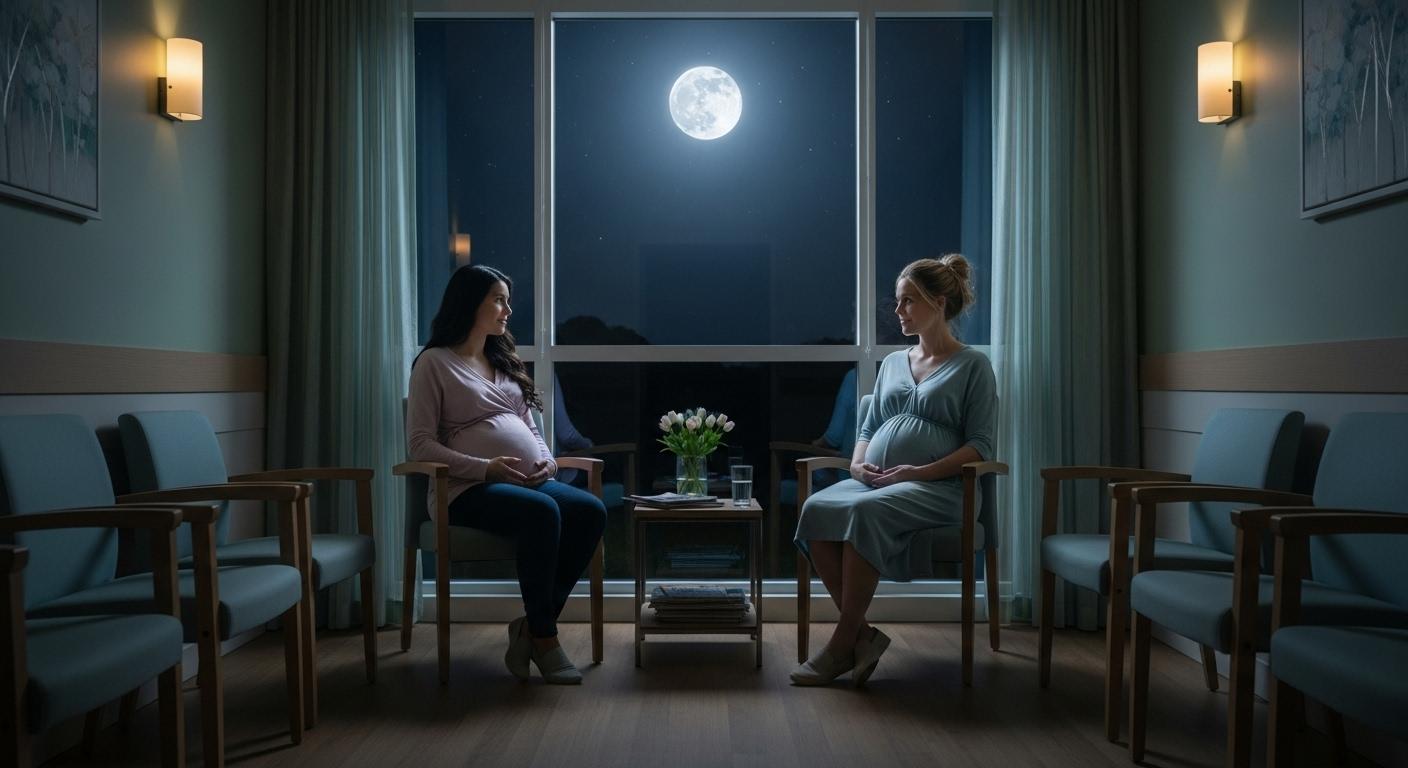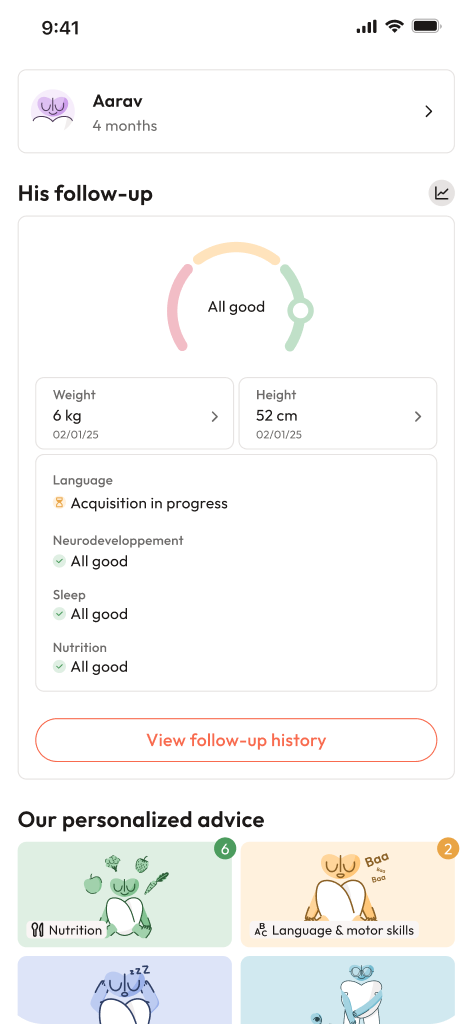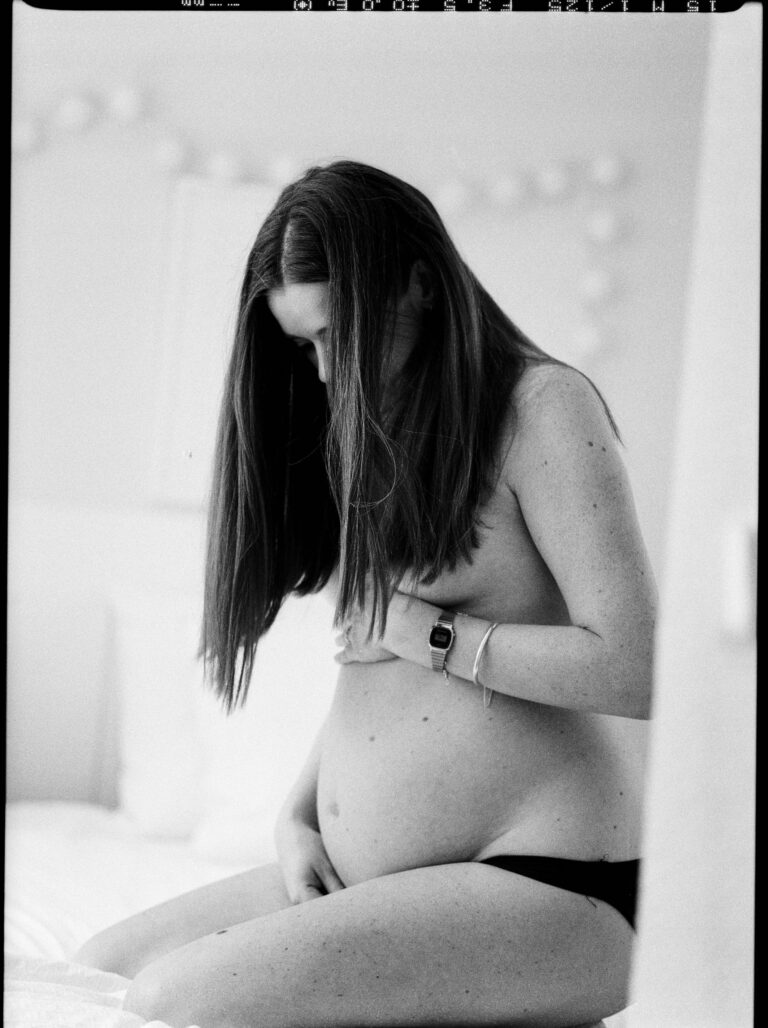Curiosity spikes as the lunar calendar nears its brightest phase—full moon childbirth, a topic that shimmers with both old wisdom and anxious anticipation. Parents so often scan the night sky, hearts racing, wondering: will the Moon’s radiance nudge a baby into the world? Could hospital wards suddenly overflow, or is it merely a story grandmothers repeat? The enduring ties between tradition, symbolism, and science weave a tapestry rich with questions—about the timing of labour, the chaos of crowded maternity units, even the mystery behind a restless night’s sleep as due dates loom. What truly awaits when a baby’s birthday aligns with a lunar spectacle? If these questions dance in your mind, reassurance begins here: let’s untangle myth from data and shape decisions that promise preparation, peace, and a deeper sense of control over your birth experience.
Full moon childbirth: cultural resonance and medical reassurance
Why does full moon childbirth still fascinate? Many families carry stories—local, ancestral, or whispered by friends—linking the circular glow with heightened fertility or unexpected surges of births. Historically, moonlight guided night journeys to distant birthing places, especially in areas where traditions and ritual eclipsed urban convenience. In such narratives, babies cradled beneath the full moon take on special meaning, yet these tales seldom provide answers rooted in physiology.
At the same time, anxiety often takes centre stage before the labour clock even begins: Will the delivery suite be full tonight? Is it time to prepare an overnight bag or arrange for sibling care? The connection between lunar cycles and childbirth is, in reality, less celestial than it is practical—a blend of hope, coincidence, and patterns our minds rush to complete.
Lunar cycles, moon phases, and the real physics at play
Curiosity leads many parents to wonder if the lunar cycle—with its regular rhythm of new, crescent, and full phases—somehow orchestrates human birth. The average lunar cycle lasts around 29.53 days, but the magic of the full moon lies not in its gravity but in our perceptions. True, tides on our vast oceans respond to the Moon’s pull, yet the differential gravitational force across a human, or even the amniotic fluid, is so vanishingly small it lacks any meaningful impact.
What about supermoons and micromoons, when the Moon appears especially grand or shrunken due to its elliptical orbit? Even at its closest, the difference is visual, not physiological. Scientists measuring barometric pressure, gravity’s effect, or ambient changes find nothing that could realistically trigger spontaneous labour.
What the evidence actually reveals about full moon childbirth
Reliable science loves a large, detailed dataset—and studies investigating full moon childbirth deliver just that. High-quality analyses, sometimes covering hundreds of thousands of births over multiple years, repeatedly find no link between moon phase and labour onset. If a signal exists, it is faint: a tiny bump, perhaps 0.4% more births around a full-moon day, statistically detectable by mathematicians but invisible to nurses and parents when planning care.
Isolated spikes noted in smaller, single-hospital data often melt away when checked against broader statistics. Human memory, after all, is a tricky tool—one dramatic full-moon night with extra births imprints itself; a dozen quiet ones vanish. The full moon baby myth takes root in such selective recall, rather than in actual patterns of nature.
Between symbolism and science: beliefs examined
The idea that a shining Moon might tip the balance, sparking more intense contractions or complicated deliveries, persists in folklore. This symbolism, while enchanting, does not translate into significant changes in maternal-fetal physiology. A delivery on a full moon feels special because of its story, not because the Moon’s glow triggered it.
Proposed mechanisms: Gravity, melatonin, and more
Curiosity expands—how might a full moon theoretically open labour’s gate? First, consider gravity. Ocean tides can be awe-inspiring, but the same physics, when measured across a pregnant parent’s body, yields minute, utterly negligible effects.
Next, a fresh hypothesis: could increased moonlight disturb sleep, lower melatonin (the sleep hormone), and perhaps nudge labour hormones like oxytocin or prostaglandins? While fascinating, the impact of urban lighting, stress, and daily rhythms overshadows any change a Moon might offer. No robust studies reveal a reproducible hormonal shift tied to the Moon; environment and biology wield far greater influence.
Weather? Holidays? Local customs? Clustered induction dates or scheduled caesareans can briefly inflate birth numbers, usually connected to staff patterns—not lunar alignment.
Obstetric physiology: the real science of labour triggers
Birth’s true clock begins within: a maternal–fetal hormonal cascade. Fetal cortisol rises, prostaglandins soften the cervix, oxytocin stirs boosting contractions, and feedback from cervical stretch intensifies the process. Here lies the authentic spark—cellular, intricate, and unfazed by celestial events. Subtle inflammation, maternal stress, sleep rhythms, and upregulation of uterine oxytocin receptors are measurable, controllable, and infinitely more powerful than the far-off Moon.
Patterns, confounders, and how myths persist
Numbers can tell surprising stories—yet they require context. Elective deliveries, public holidays, weekend staffing, and even weather, due far more to human design than lunar design, generate the bursts and lulls. Statistical significance often hides in the weeds; clinical significance—actual changes that matter to care, safety, or planning—is missing.
Stories persist through availability bias—if you remember a bustling, moon-bright ward, you recount it again and again. Fewer scheduled births on weekends or during festivals, rather than a lunar nudge, shape the calendar.
Tips for delivering during the full moon: practical advice
- Follow your clinical cues: regular, strong contractions (ideally every 5 minutes for an hour), rupture of the membranes, heavy bleeding, fever, or reduction in baby movements demand prompt attention, whatever the phase of the Moon may be.
- Start a note in your phone: track timing, frequency, and duration—details empower both you and your care team.
- If your due date kisses the full moon, your bag still needs:
- Medical records, ID, insurance (if applicable)
- Soft, fuss-free clothing and toiletries
- Newborn essentials—diapers, outfits, hat, mittens
- Snacks, hydration, a well-charged mobile
- Emergency numbers, plan B for travel or parking
Calm-breathing, meditation, and the support of your loved ones improve outcomes far more than tracking the waxing and waning of the Moon.
Sleep, mood, and indirect lunar effects during late pregnancy
Late pregnancy tests everyone’s sleep—nocturia, heartburn, restless legs, and the ever-present thump of a kicking baby. Does a luminous sky make a difference? Only mildly, if at all. Modern lighting, blue screens, and the third trimester’s own hurdles dwarf any shadow the Moon might cast on your rest. Sleep hygiene matters—wind down early, dim the lights, and seek comfort in supportive pillows. Persistent insomnia or mood dips call for a chat with your provider, not lunar monitoring.
Evaluating studies, reading media, and making sense of the noise
Have you seen news headlines shouting, “Full moon causes baby boom!”? Inspect them carefully:
- Are they based on brief spikes from small hospitals or vast multi-year reviews?
- Do they explain scheduling biases or weekdays?
- Are multiple comparisons corrected?
The strongest work incorporates wide data sets, accounts for confounders, and searches for patterns that actually repeat.
If your fascination for data remains, some clinicians and parents enjoy mapping local births to lunar calendars—but remember, the wave is driven by logistics and biology, not lunar geometry.
Key Takeaways
- Large, detailed analyses consistently show full moon childbirth does not vary meaningfully from any other day—any increase is minuscule, without practical impact.
- Storytelling and tradition weave rich connections between the Moon and fertility, but planning, preparedness, and medical guidance remain the touchstones of a safe delivery.
- Focus on genuine signs of labour and maintain close contact with your care team for reassurance and decision-making.
- For clarity, accuracy, and guidance tailored to your family, digital support can offer concrete assistance—explore the application Heloa for free health questionnaires and curated advice on your child’s journey, right from the start.
Questions Parents Ask
Should I schedule an induction or delivery to avoid or embrace a full moon?
Wondering if choosing a delivery date to avoid the full moon childbirth rush makes sense? Scientific evidence says lunar phase should not influence induction or caesarean timing. Decisions are safer and more logical when based on your medical status, personal needs, and coordination with your care team—not celestial alignments. Talk openly with your provider to balance practical concerns like travel, support timing, or recovery—not astronomy.
Can the Moon actually change pain, contractions, or anxiety during labour?
Some families worry the glowing sky spells tougher contractions or rising pain. No solid research connects moon phase to changes in labour pain or contraction strength. If anxiety creeps in, remember: sleep deprivation (possibly influenced very slightly by moonlight or not at all) can lower your resilience, making pain feel more intense. Share your concerns; professional support, breathing techniques, and clear pain relief options help you cope, whatever the night brings.
Is it safer to avoid travel during a full moon when close to the due date?
Logistical worries may spike as the full moon nears, but the best guidance stays steady. Assess your personal risk with your provider, plan your trip to the maternity unit, and keep contacts ready for emergencies or childcare. Unless your team recommends restrictions specific to your situation, the Moon’s appearance need not alter your plans.
A baby’s journey into the world may be timeless, whether under brilliant lunar light or quiet cloudy sky. Make informed, confident choices; consult trusted professionals; and cherish your story—full moon childbirth is only one chapter. For further practical tips and tailored health resources, download the application Heloa for free support on every step of your parenting path.

Further reading :









